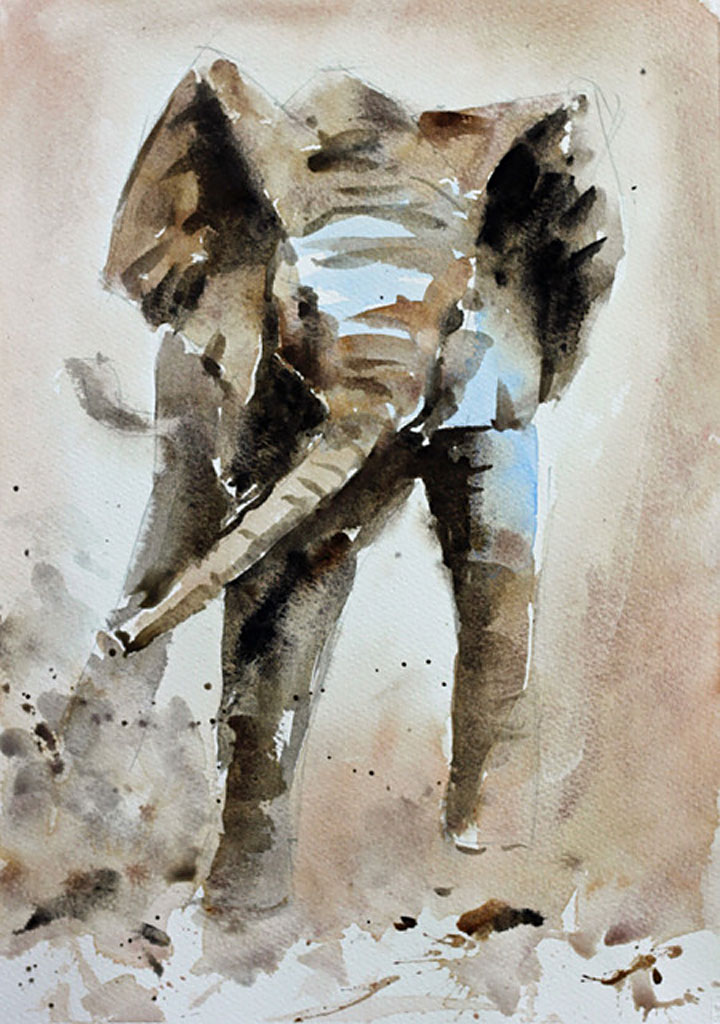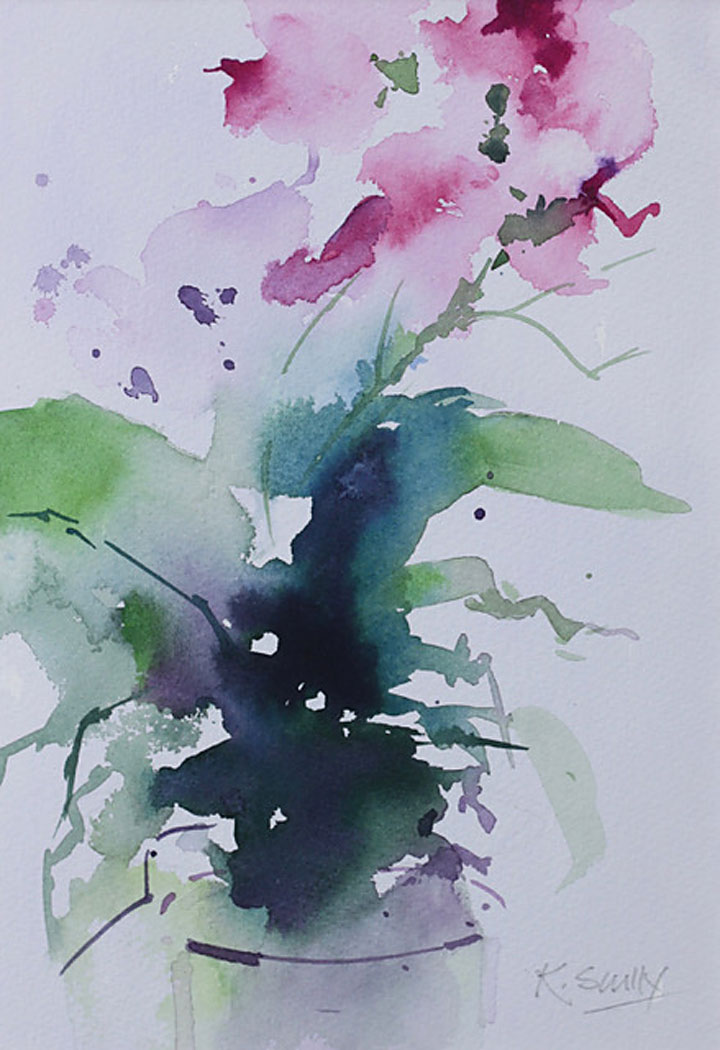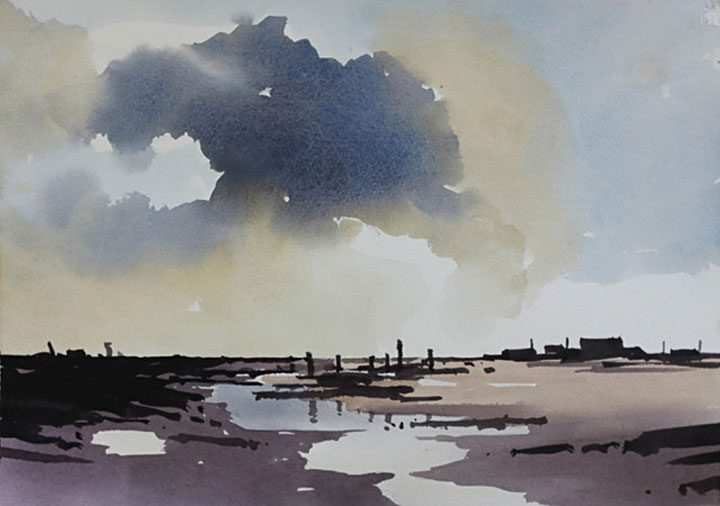Mood and Atmosphere in Wild Watercolours
Wednesday 6th August 2025 for 3 days — Cost: £195
Tutor: Kevin Scully
Bookings for this course have now ended
This course will give you the chance to use watercolours in a loose and expressive way, free from the constraints of all the laid-down rules associated with this medium. This is your chance to throw caution to the wind and let your hair down. The subject matter will include wild landscapes and seascapes, wild flowers, and even wilder animals. You will be looking at the different ways in which dramatic effects can be achieved using a variety of techniques and applications. You will have the opportunity to experiment with a variety of less conventional methods of applying paint, resulting in some unusual and exciting pictures.
There will be demonstrations employing a variety of techniques, all painted in an adventurous and exploratory way, which will allow you to create some dynamic and individual paintings. All reference images will be provided.
A course for those with all levels of experience including those new to watercolour painting.
WHat to Bring
Paper:
Watercolour block, loose paper, or pad approx. 9" x 12", or 12" x 16"
300 g/m2 (140 lb) NOT surface (Cold pressed). Arches, Fabriano, or Saunders Waterford are all excellent makes. More economical brands are Bockingford, or Langton.
Paints:
‘Artists Quality’ watercolours in small tubes are the best, as these allow you to mix large amounts of colour for washes. Or if you prefer, pans of colour in a folding palette. Winsor & Newton (preferably not Cotman), Jackson’s, Schmincke, Sennelier, or Daniel Smith are among the best quality watercolours.
Suggested colours:
This is a fairly comprehensive list, and you don’t necessarily need everything listed here, but these are the ones I use most of the time. Please adjust or amend it if you wish to include any of your favourites.
- Cadmium Yellow Light
- Cerulean Blue
- Cobalt Blue
- French Ultramarine
- Viridian Green or Phthalo Green
- Hooker’s Green or Sap Green
- Raw Sienna or Yellow Ochre
- Burnt Sienna
- Raw Umber
- Burnt Umber
- Cadmium Red
- Alizarin Crimson
- Permanent Rose or Magenta
- Winsor Violet or Dioxazine Purple
- Payne's Grey
- Neutral Tint
Brushes:
Round, watercolour brushes in sizes 3, 8, and 10 or 12. It’s important that these brushes are of good quality and that they form a point when wet. Sables are expensive, so synthetic ones are a good substitute.
A square ½”, or 1” brush, and a larger brush for covering large areas.
Other Materials:
- HB pencil and sharpener
- Drawing board – large enough to hold A3 size paper
- Masking tape
- Tissues/Kitchen towel
- Large palette with several mixing wells
- A small atomiser spray bottle to hold water, for re-wetting your painting
- Putty rubber
- Ruler
- A couple of jars for water


